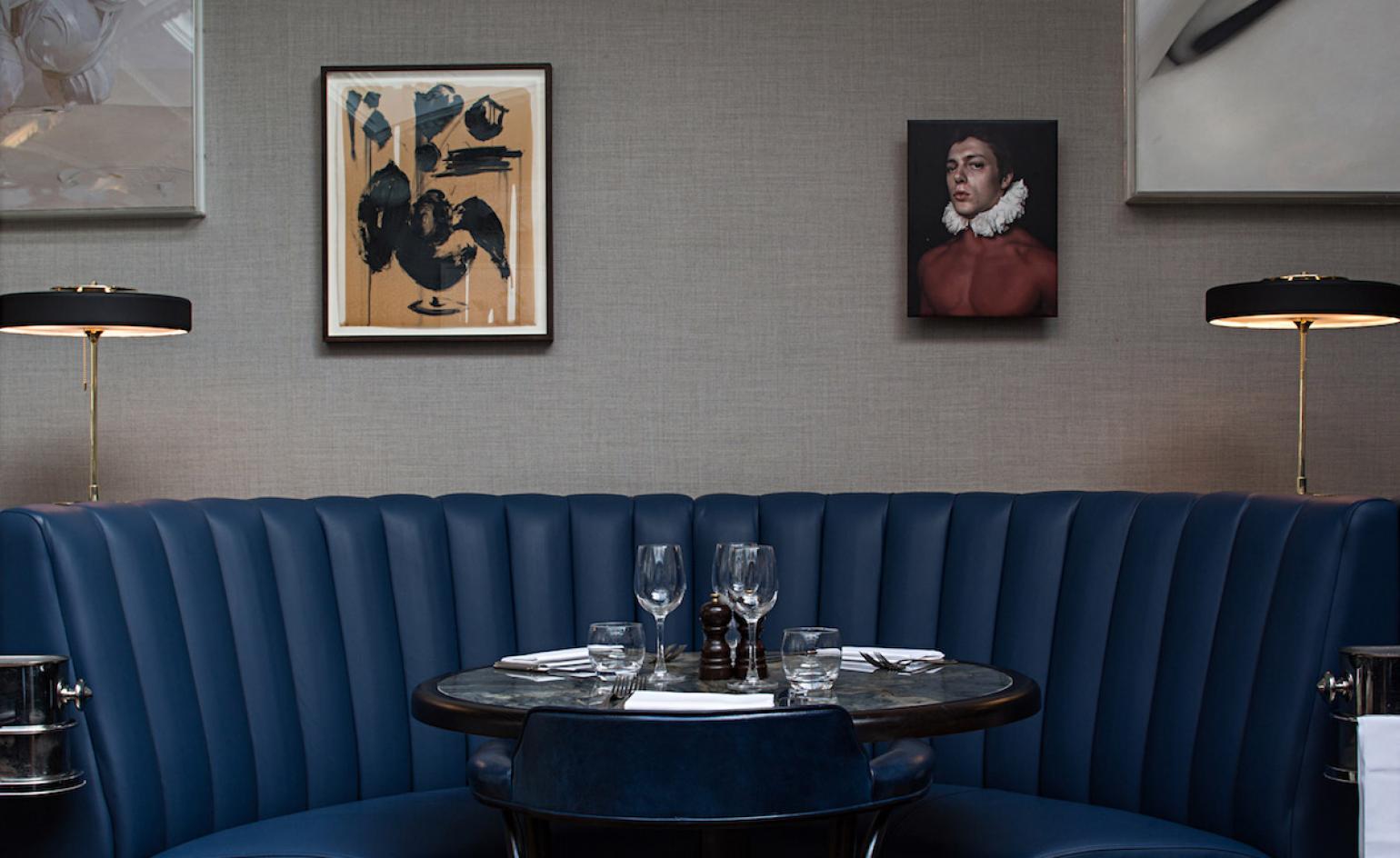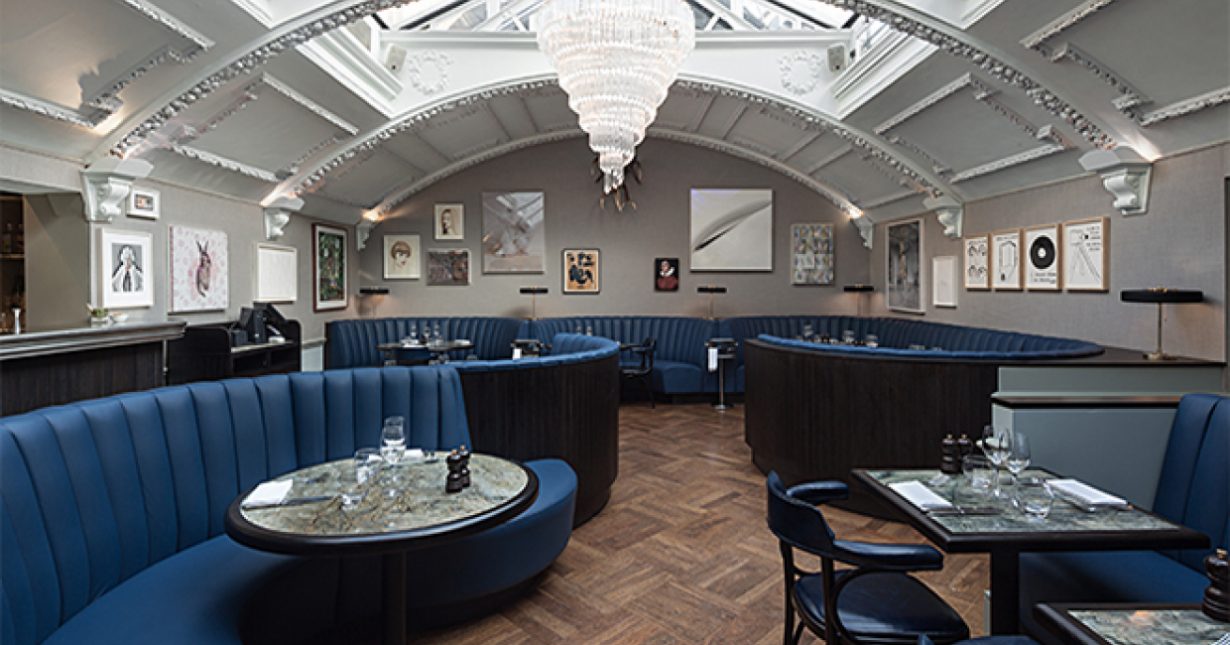Bill Clinton walked into a Soho bar one Christmas night shortly after leaving office. According to legend, within minutes of his arrival, U2’s front man, Bono, commandeered the piano, and began crooning an improvised holiday jingle for the former POTUS before the awestruck patrons. Welcome to the Groucho Club.
Drunken folklore is on tap at Groucho, from a Moby and Mick Jagger duet Clash cover with backup vocals provided by Coldplay and New Order, to a night in 1995 when artist Damien Hirst, after being awarded the Turner Prize, reportedly handed over his £20,000 award and instructed the bartender to open a tab, and let him know when it ran out. (Hirst also relieved himself in the bar’s sink, but that’s a whole different story.)
Anyone who’s spent a few late nights at 45 Dean Street, a notoriously louche media hangout and den of iniquity, probably has a tale or two. The bar has a kind of Proustain effect, which is why it’s spoken of in hushed tones. Maybe because it was so difficult to join—its name derives from the old Groucho Marx quip, “I don’t want to belong to any club that accepts me as a member.” Or perhaps the reason is that it was seen as an antidote to London’s robust lineup of stuffy, hermetic society clubs. So the 2014 news that Groucho would shutter and undergo a metamorphosis was met with exasperation. Will Groucho 2.0 be crushed by the weight of the past?
“The Groucho has grown a great deal in its 30 years,” says Alex Michaelis of Michaelis Boyd, the local architecture firm tasked with giving the institution a polish. “And like all good aging stars, sometimes a subtle facelift is the only answer.” He wanted to create a better flow while keeping the same atmosphere that made it such a memorable experience. “We took a room-by-room approach, revealing the character of each space.”
Michaelis, who also designed Soho Houses in Berlin and the English countryside, might be understating the scale of the two-year refurbishment. The design team rejiggered the entire layout across multiple floors and peeled back the layers of the three historic buildings to showcase their character. The former reception area has been recast as an entrance lobby and library room. A reclaimed fireplace, antique herringbone floors, and bright orange sofas were added to the first-floor Mary Lou Room, which now connects to the main dining area that has been spruced up with Brazilian marble tables and curvaceous blue banquettes.
The Soho Bar was given a contemporary sheen, including lacquered walls, a resin-top bar, and a wooden floor sourced from the BBC’s Bush House, a tribute to the club’s sensationalist legacy. Michaelis says extra attention was paid to the materials. “We used a wide array of luxurious velvets, traditional tweeds, and the softest leathers across the furniture.” The art was also a priorate as Michaelis stressed the importance of the disjoin not overseeing the collection. “We worked with the art director on where to place the club’s most iconic works,” he says. The art really makes every room.
As for the traditionalists, Michaelis was mindful go how beloved the original Groucho was. “Change always polarizes option,” he says. “Our approach has been sympathetic and focused on improvement. Of course, not everyone likes every single charge, but the benefits have become clearer to the members.”
Michaelis is still waiting for the ultimate endorsement, however: Damien Hirst pissing in the sink again.



